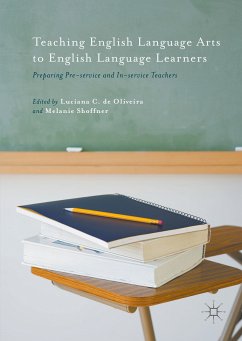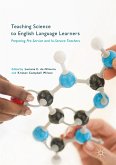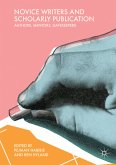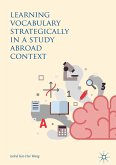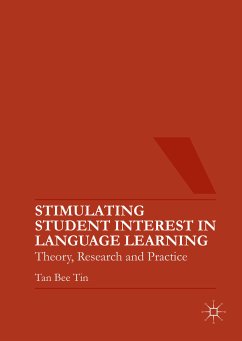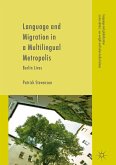This book focuses on the ways in which English language arts pre-service and in-service teachers have developed - or may develop - instructional effectiveness for working with English language learners in the secondary English classroom.
Chapter topics are grounded in both research and practice, addressing a range of timely topics including the current state of ELL education in the ELA classroom, and approaches to leveraging the talents and strengths of bilingual students in heterogeneous classrooms. Chapters also offer advice on best practices in teaching ELA to multilingual students and ways to infuse the secondary English teacher preparation curriculum with ELL pedagogy.
Comprehensive in scope and content and examining topics relevant to all teachers of ELLs, teacher educators and researchers, this book appeals to an audience beyond ELA teachers and teacher educators.Luciana C. de Oliveira is Associate Professor in the Department of Teaching and Learning in the School of Education and Human Development at the University of Miami, Florida. Her research focuses on issues related to teaching English language learners (ELLs) at the K-12 level.
Melanie Shoffner is Associate Professor of English Education at Purdue University in West Lafayette, Indiana, where she holds a joint appointment in the Departments of English and Curriculum & Instruction. Focusing on secondary English teacher preparation, her research explores issues of reflective practice, dispositional development and meaningful integration of technology.
Dieser Download kann aus rechtlichen Gründen nur mit Rechnungsadresse in A, B, BG, CY, CZ, D, DK, EW, E, FIN, F, GR, HR, H, IRL, I, LT, L, LR, M, NL, PL, P, R, S, SLO, SK ausgeliefert werden.
Es gelten unsere Allgemeinen Geschäftsbedingungen: www.buecher.de/agb
Impressum
www.buecher.de ist ein Internetauftritt der buecher.de internetstores GmbH
Geschäftsführung: Monica Sawhney | Roland Kölbl | Günter Hilger
Sitz der Gesellschaft: Batheyer Straße 115 - 117, 58099 Hagen
Postanschrift: Bürgermeister-Wegele-Str. 12, 86167 Augsburg
Amtsgericht Hagen HRB 13257
Steuernummer: 321/5800/1497
USt-IdNr: DE450055826
Bitte wählen Sie Ihr Anliegen aus.
Rechnungen
Retourenschein anfordern
Bestellstatus
Storno

